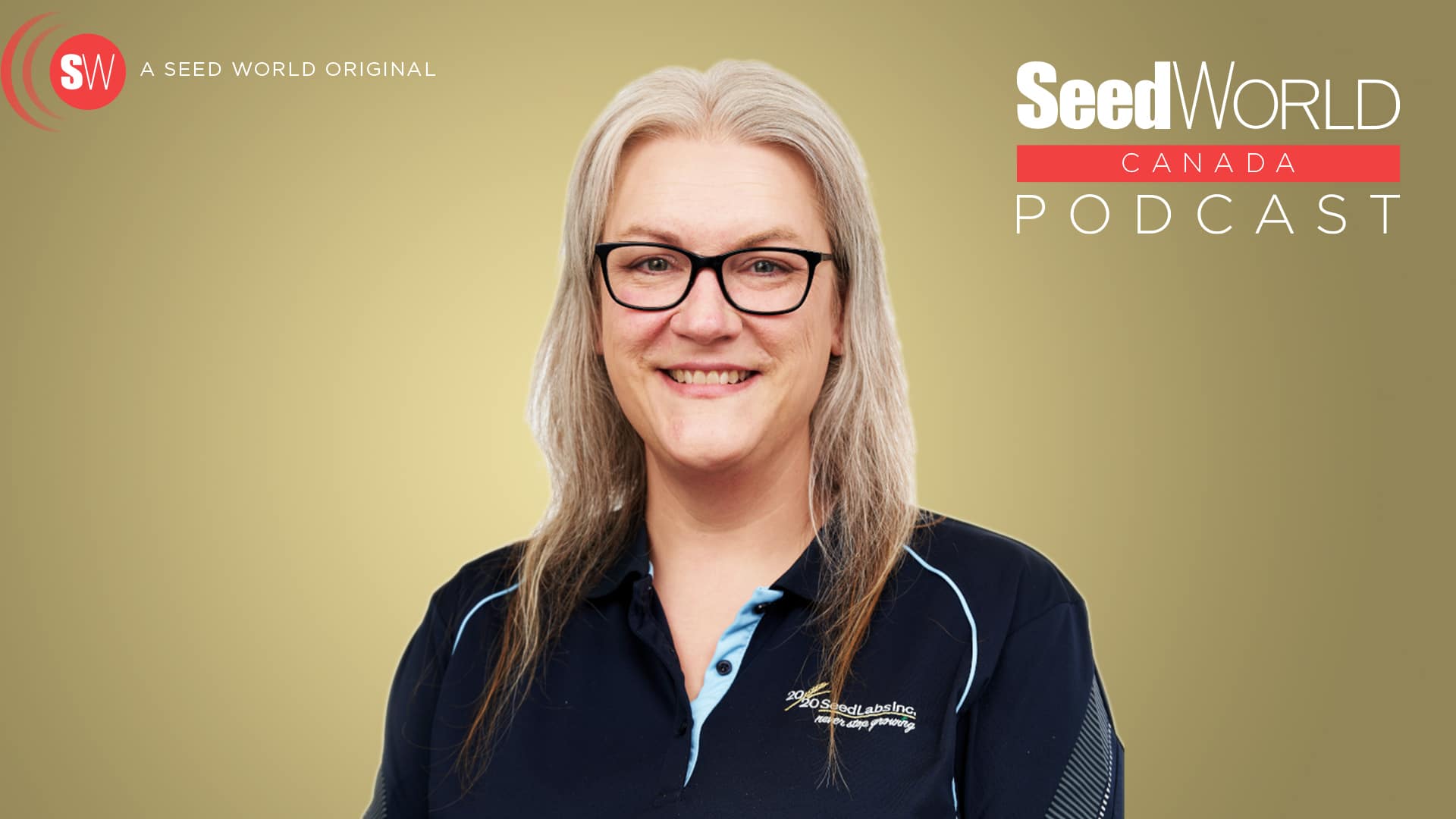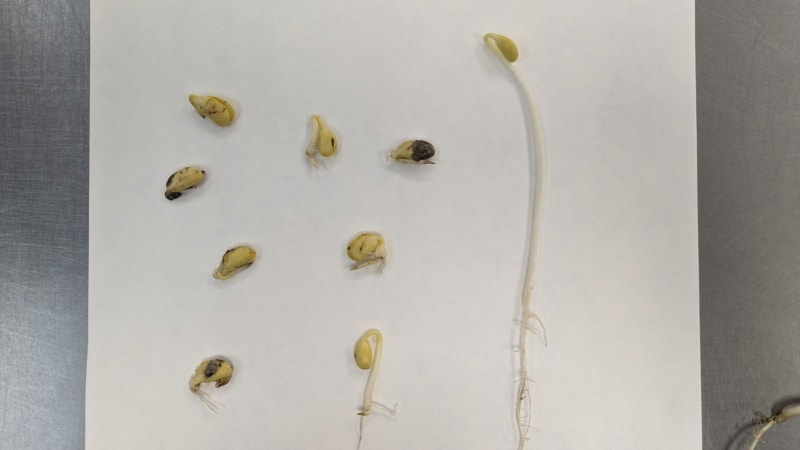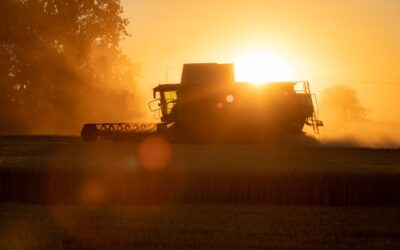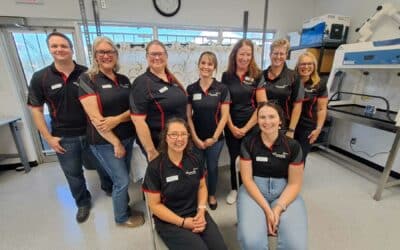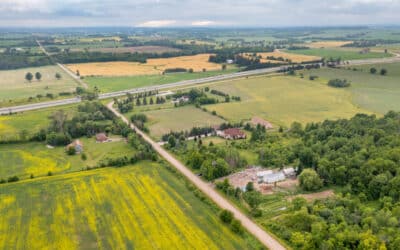So far this year, I’ve noticed a distinct change in the levels of mechanical damage to seeds compared to last year.
Unlike 2022, where we faced significant challenges, this year has been a different story, and we’re not seeing high levels of it in samples coming off the field. Of course, that can change once seed enters the cleaning and storage stage.
Mechanical damage to seeds is a critical issue that can impact crop yields and profitability. It’s a topic that often falls under the radar, but it deserves more attention, especially in years marked by extreme weather conditions like dry spells and scorching heat. In such years, the risk of mechanical damage to seeds becomes significantly higher.
One of the key factors to consider in the cleaning stage is the brittleness of seeds. In dry and hot conditions, seeds tend to become more brittle, making them more susceptible to damage. This brittleness is particularly evident in larger seed crops. The challenge then is to minimize mechanical damage during various stages of its use, from seeding, to harvesting, to conditioning, and finally storage.
Here are some practical steps that can help protect seeds and reduce the risk of mechanical damage when handling seed:
- Maintain augers — Ensuring that your augers are in good shape is essential. Check for damage or pitting on the flighting, as damaged augers can lead to more seed damage.
- Optimize seed movement — When moving seed, do it as infrequently as possible. Reducing the number of times seeds are transferred can significantly reduce the risk of mechanical damage.
- Sweeps and loading — Properly manage sweeps within the bin and ensure they are in good condition. When loading seeds into a trailer or truck, especially with larger-seeded crops, start with a gentle layer at the bottom and go a bit lower with the auger to create a cushioning effect. This simple step can make a big difference in protecting seed.
- Drills — When working with drills, pay attention to the fans and how you load them, whether using a conveyor or an auger. Proper handling during seeding is crucial to minimize damage.
While mechanical damage is largely within your control, it’s essential to recognize that weather and climate conditions can play a significant role. In a hot and dry year, seeds are more vulnerable to damage due to their increased brittleness. Some crop varieties are more susceptible than others, especially in the case of larger-seeded crops, where the seed coat may not be as resilient when dry.
Even crops under irrigation can experience issues in extreme heat, as the water can’t be consistently applied to maintain ideal moisture levels. Without the usual cooling effect at night, the risk of mechanical damage is further heightened. Also, it’s important to note that irrigation can’t mitigate heat blast, caused by a combination of hot days and warm nights, which can further increase the chances of mechanical damage.
Weather has an Impact, but Technology can Offer Help
Understanding the impact of weather conditions on a crop is vital when sending seed in for testing. Seeds grown in stressful conditions may be more resilient, but mechanical damage still needs to be minimized to give them the best chance of thriving. Keep in mind that mechanical damage over the winter can also lead to moisture issues and potential disease problems in your seed.
The key takeaway is that while you can control how you handle your seed, being aware of weather conditions and their impact on seed vulnerability is equally important. Mechanical damage may sometimes be an outcome of factors beyond your control, but you can still take steps to protect your seed and make informed decisions to reach your yield targets.
New advancements may provide some relief from risk of mechanical damage. For instance, some combines now come equipped with cameras that can identify damaged seed and divert them away from the main seed lot. This can help prevent mechanically damaged seeds from entering the main batch.
In the future, research may focus on improving handling methods, as well as adopting less damaging equipment for seed movement. Additionally, technology like X-ray inspection can be explored to identify internal damage without destroying the seed. These approaches may help farmers and seed handlers take more proactive measures to protect their seed from mechanical damage.
Of course, spring testing is crucial. To assess the impact of stressful weather conditions and storage on the seeds, retesting in the spring is recommended. This helps in evaluating both germination and seed vigour, which are crucial factors in determining whether the seeds are suitable for planting after conditioning and winter storage.
Of course, certified seed is seed that has been thoroughly tested to ensure it is of prime quality free from defects. Certified seed isn’t immune to the effects of mechanical damage, but it offers a form of quality control that is very rigorous and can minimize as much as possible the chances of you having issues with mechanically damaged seed.


